Haniteli Fa’anunu made Tongan vanilla the most spectacular crop in the world in seventies, eighties, and nineties. He worked for the government then, as the first Tongan university graduate in an agricultural degree. He is 69 years old now, and runs ‘Ene’io Botanical Garden, which he planted himself—23 acres of native Tongan plants, showcased. He lives in a beautiful beach cove, making his own vanilla extract, his own taro chips, his own Tongan remedies. He fed us fish and chips while he himself had a liquid lunch of Heinekins, and he narrated the history he made with Tongan vanilla.
His were the days we always talk about: when quality was unsurpassed. In fact, when the French government invited him to La Reunion and Madagascar, the Madagascar vanilla powers denied him entry. A year later, at a conference in Rome, he asked the Madagascar minister why this was.
“Because we were afraid,” this minister told him. “Your quality is very high, and we don’t want you to know any of our secrets.”
Haniteli invited him to Tonga, taking him around ‘Eua, Tongatapu, and Vava’o, and at the end of this the minister laughed and said: “Plant every acre! Tonga is so small, I am not afraid any more.”
Haniteli remembers my grandfather Ray very well. Not only that: he’s the one who brought Jean Dacquaire from Madagascar/Mauritius to Tonga in order to help train farmers in cultivation and curing, to perfect Tongan production, and at the same time he tweaked methods and standards to adapt them for Tongan soil and climate.
Tonga began growing vanilla in the 1880s, not long after hand-pollination was figured out, and the French were introducing vines all around the Pacific. When he began working for the government in the 70s, though, Tongan production was tiny (about what it is today), without any standards of quality. For the most part, curing followed the methods of Tahitian beans (Tahitian beans can cure on the vine: no sweating and fermentation needed. But this doesn’t work for vanilla planifolia.) He built Tonga into an empire, using the peerless climate of Vava’o to create a massive export market. You can still see the mansions built out of vanilla money from those days…. Today, Vava’o production is far below ‘Eua’s, and this is because ‘Eua growers have clung to Haniteli’s rule of intercropping: vanilla must be looked after, but it is also not economically feasible to have as a solo crop. Plant pumpkin, kava, yam, and pineapple with your vanilla, and you will have a reason to return to your vines, to keep them healthy and ready for pollination.
“I am very happy you came,” he said at the end. “It is good that you are here, many years after your grandfather.”
For us, the conversation was a gift. We will be posting videos of our interview with him, and you will hear more from this guru—because he is going to help us work once again with growers to make Tongan vanilla something incredible again.
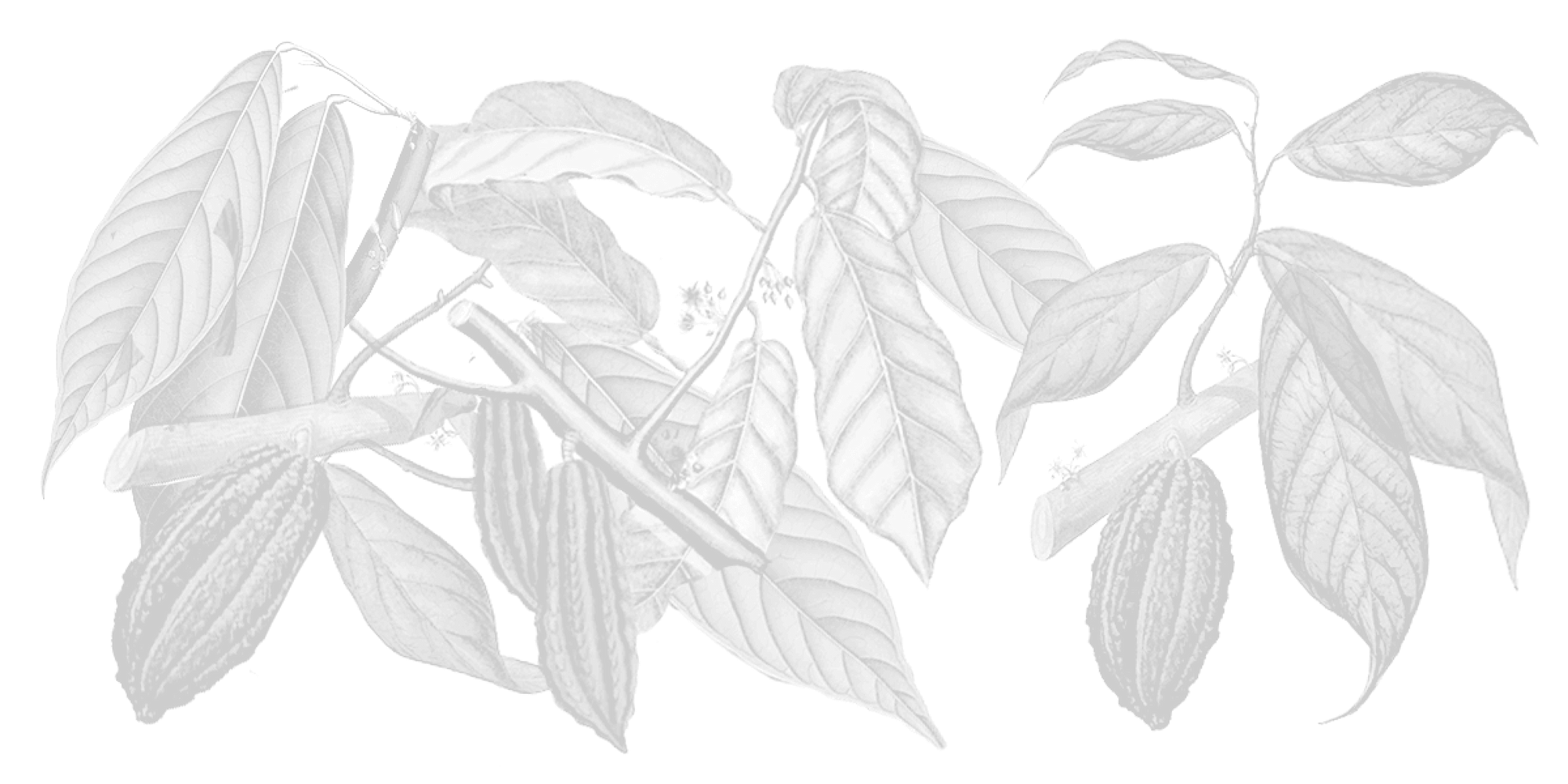
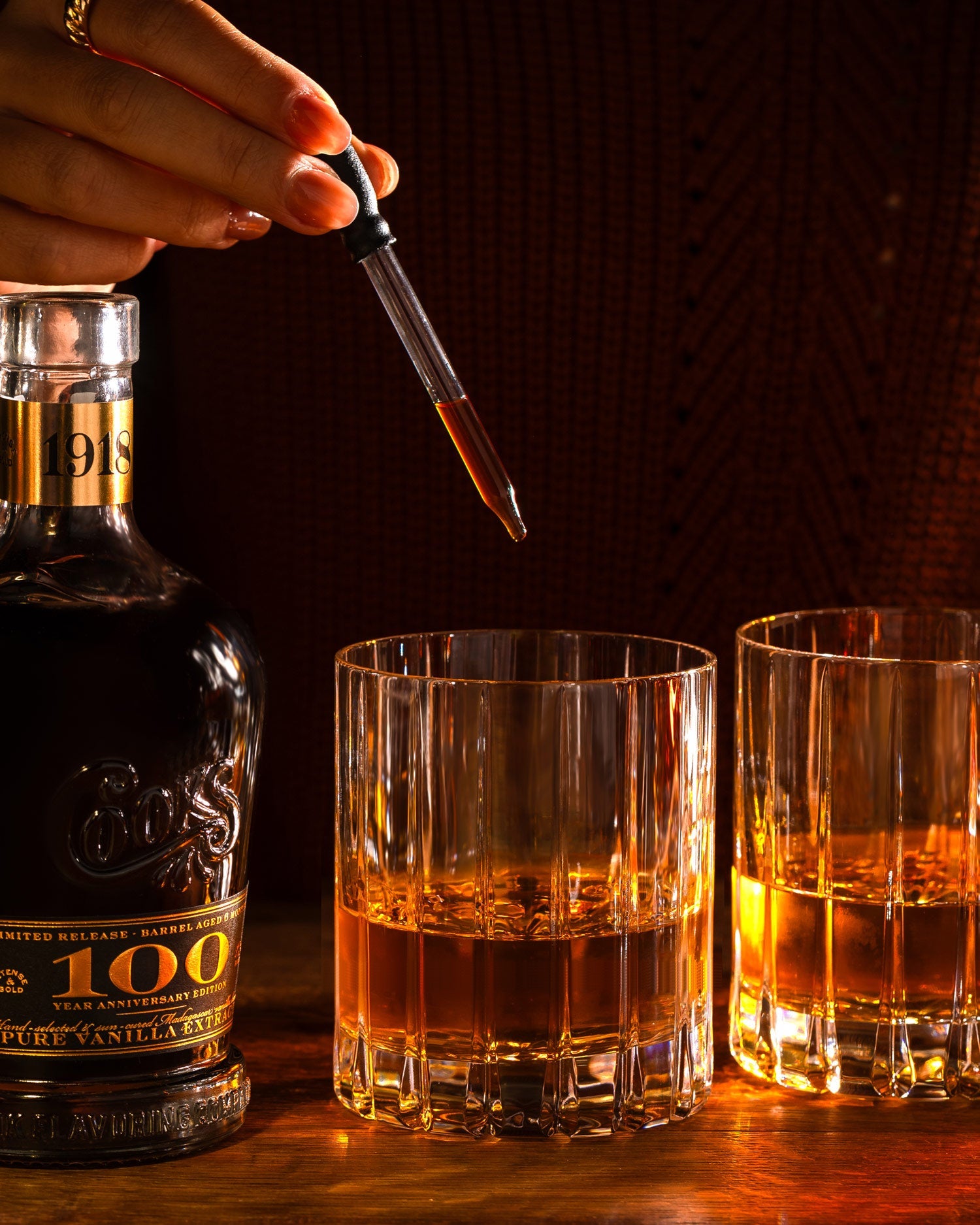

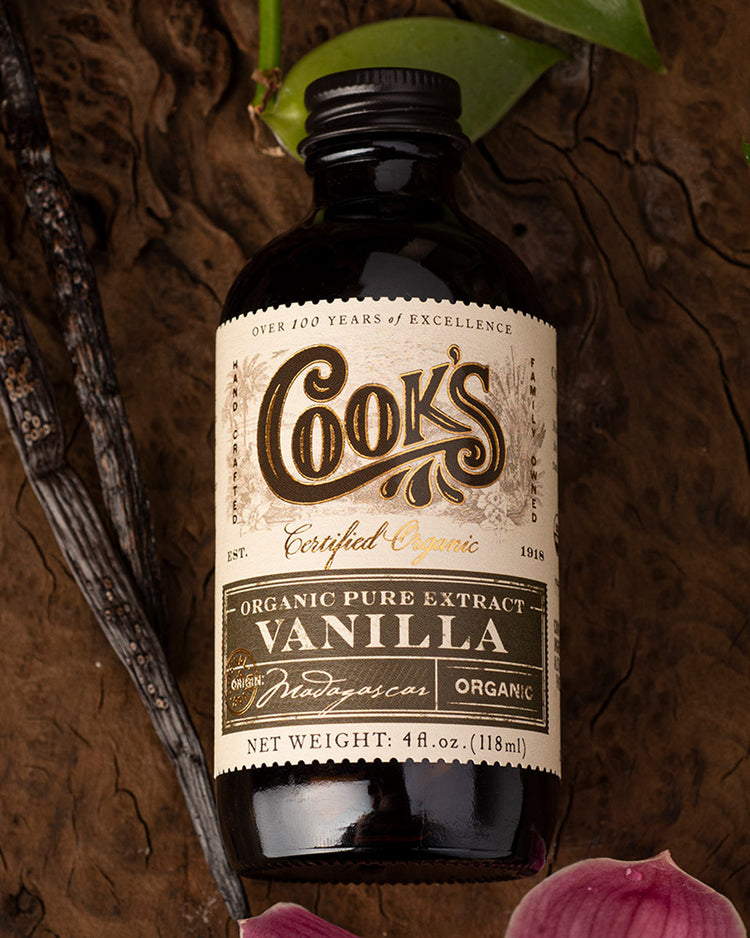
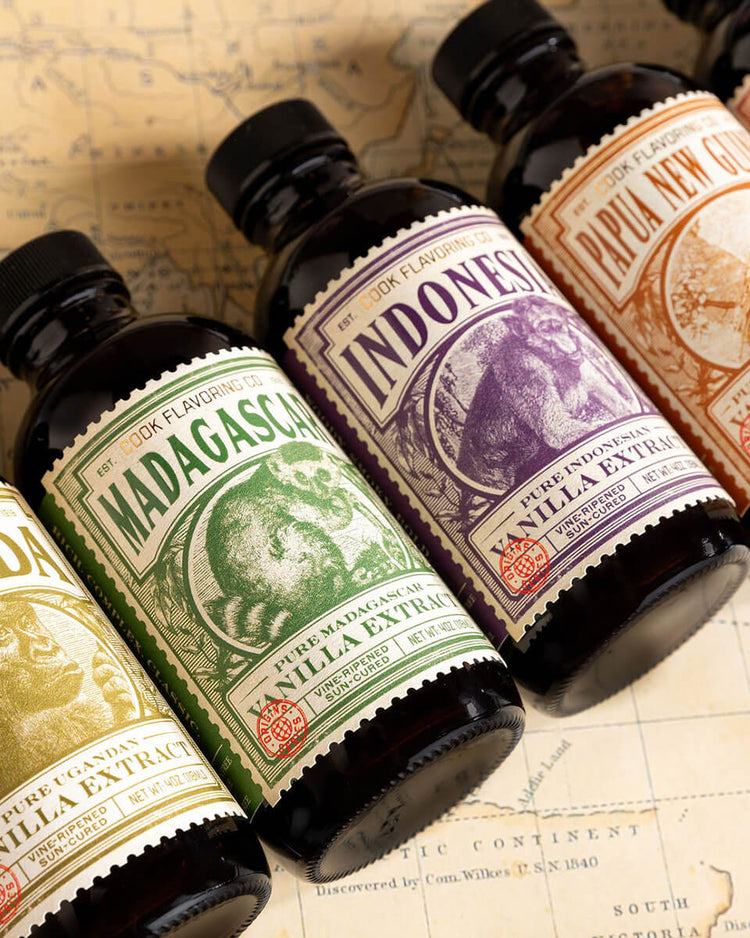


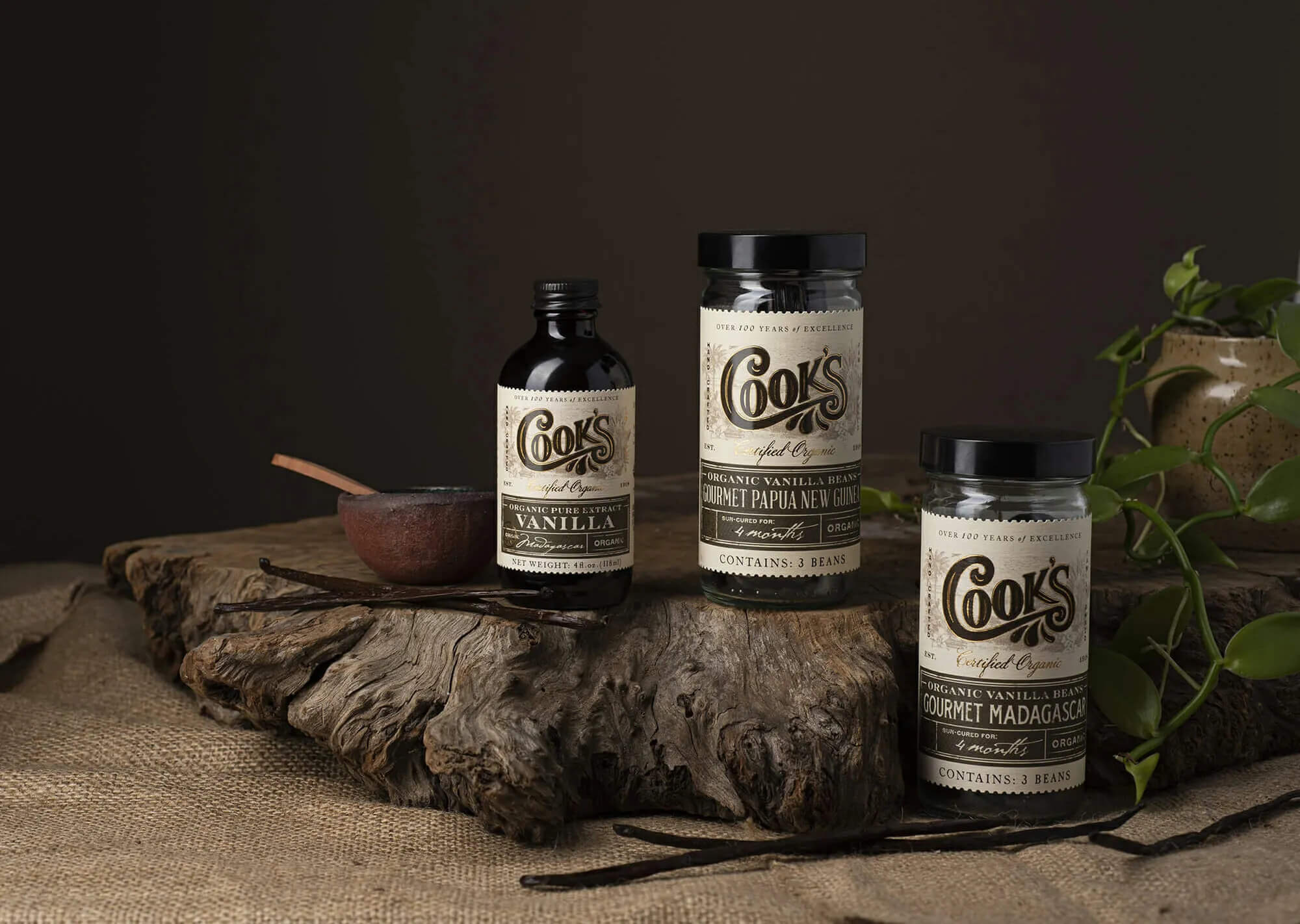
Comments